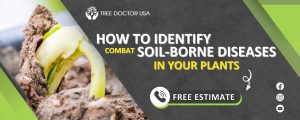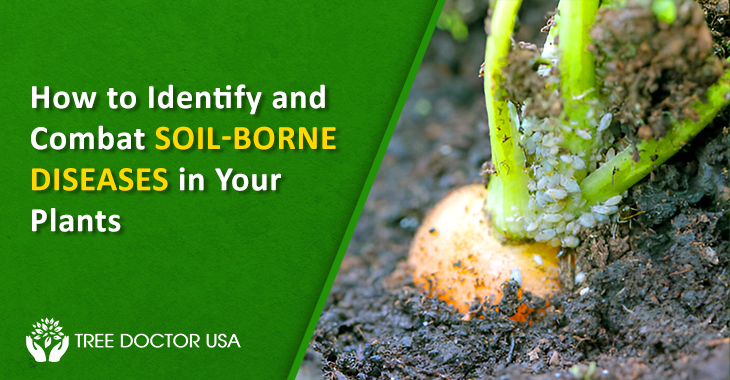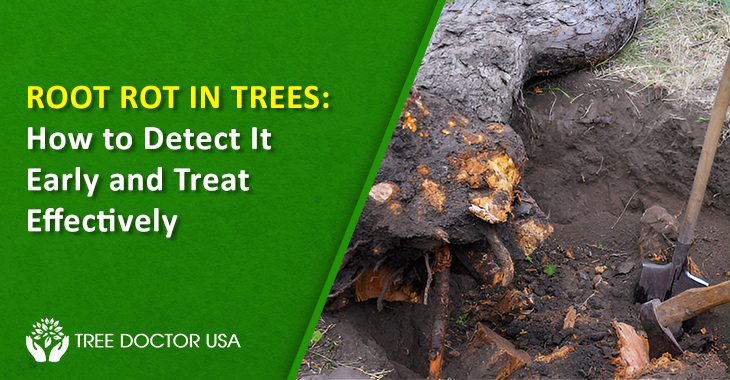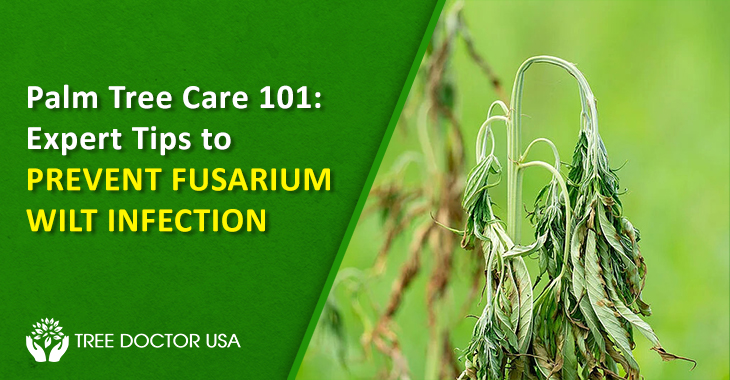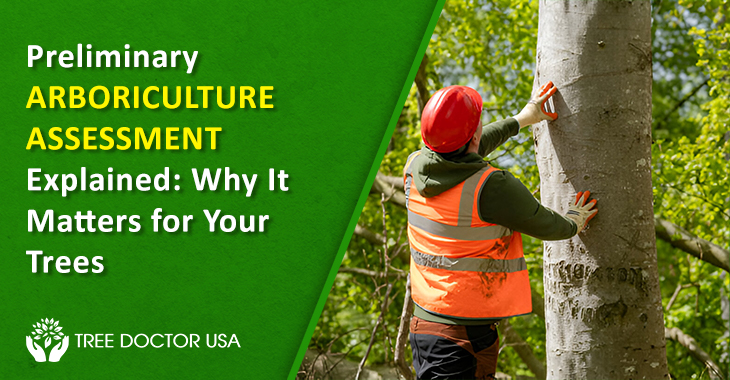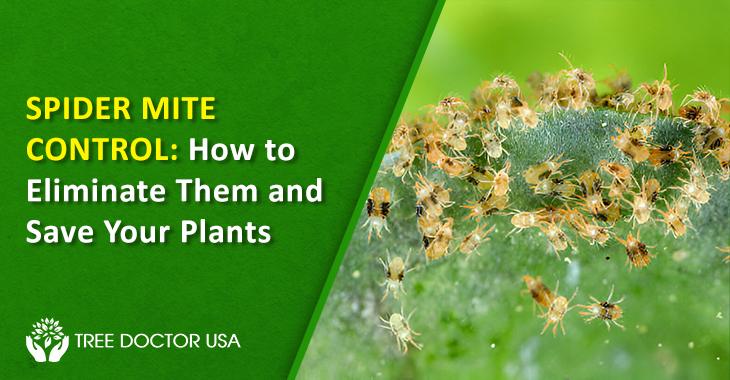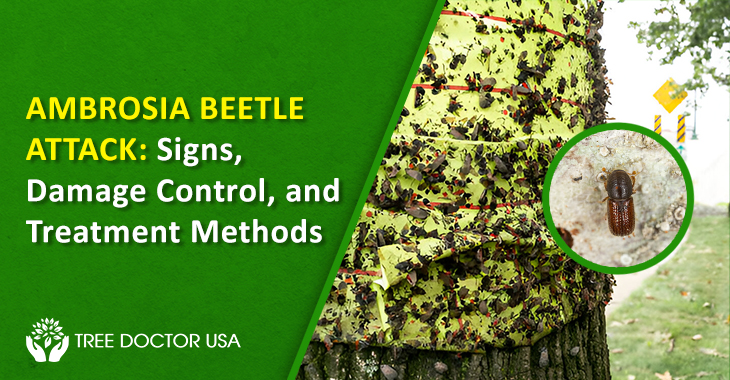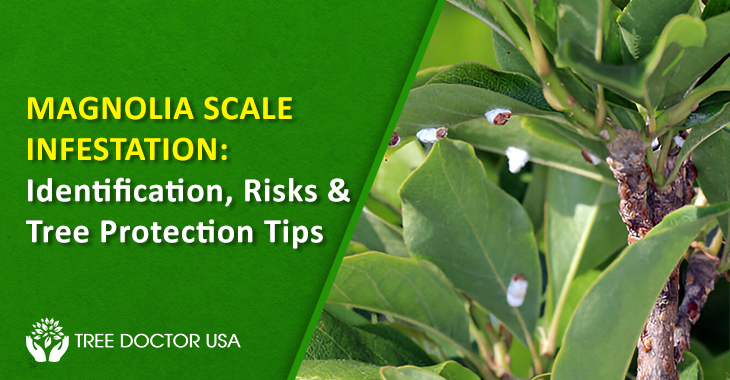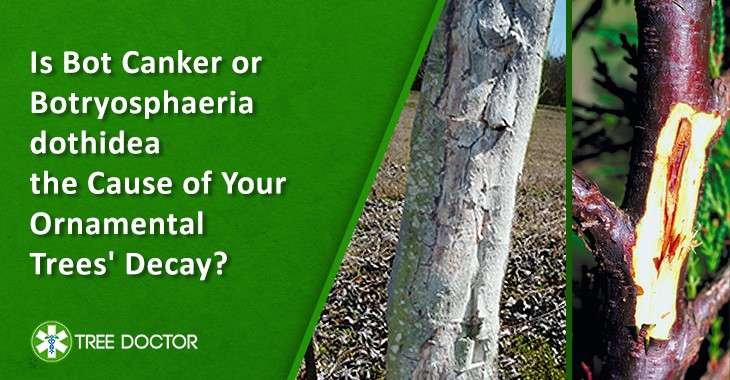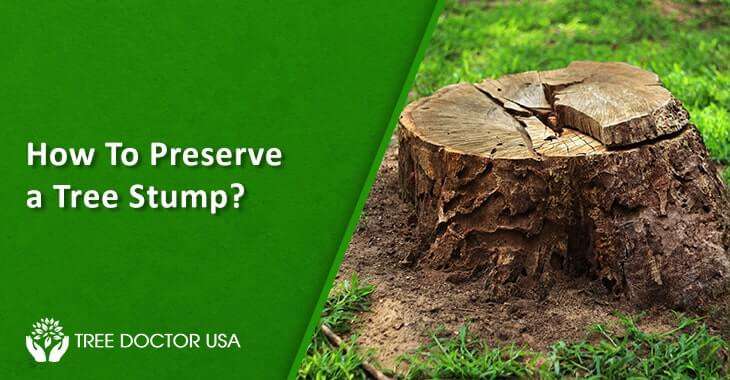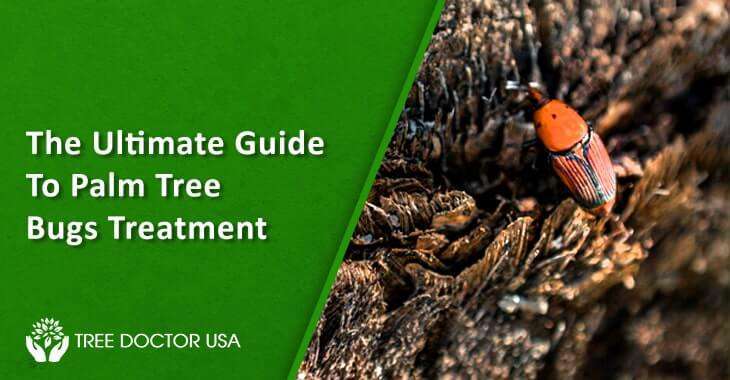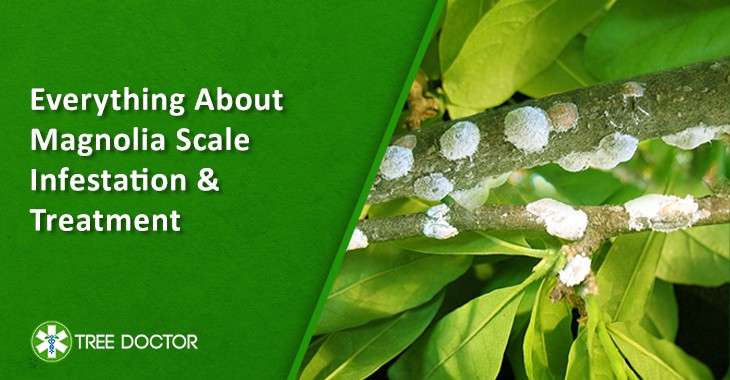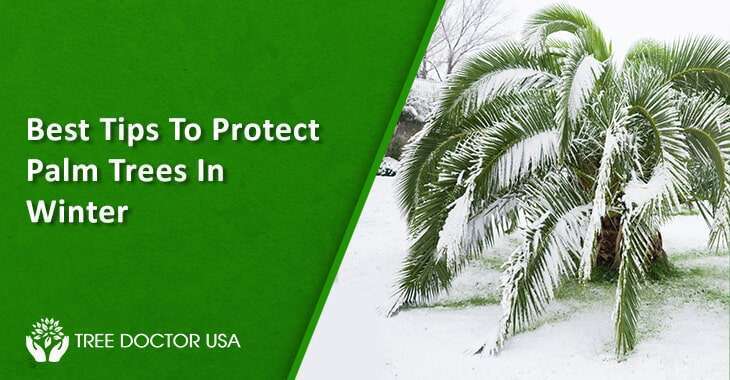How To Identify And Combat Soil-Borne Diseases In Your Plants
Do your plants need to do better despite your hard work? Soil-borne diseases may be causing chaos underground. Fear not! In this manual, we will give you a thorough explanation of how to identify and fight against these misleading plant illnesses. We provide all the essentials – from fundamental viruses to testing tools and techniques for preventing sickness. Let’s explore how to prevent certain disorders.
Common Problems Causing Soil-Borne Diseases
Microorganisms are known as bacteria
Bacteria are tiny organisms capable of infecting the roots of plants. They frequently result in soft decay and fungal diseases. Bacterial illnesses may cause inhibited growth and roots with abnormal colouration. Some instances are bacterial wilt and crown gall.
Roundworms
Nematodes are tiny, worm-like organisms that live underground. They consume plant roots, leading to harm and illness. Root-knot nematodes form galls on roots, impeding the absorption of nutrients. Infestations lead to plants that are feeble and undersized.
Infections caused by viral agents
Viruses may exist in the soil and transmit to plants via their roots. They commonly propagate through carriers such as nematodes and insects. Viral infections can result in mosaic patterns on leaves, stunted growth and low yields. Some instances are Tomato spotted wilt virus and Tobacco mosaic virus.
Signs Affecting Your Plants: Soil-borne Diseases
Wilting, despite adequate water
If your plants are drooping despite receiving enough water, it could indicate a soil-borne disease.
Yellowing leaves
Be aware of any leaves that are changing to a yellow color. This is frequently an indication of issues beneath the surface.
Stunted development
Plants not growing properly could be dealing with a soil-borne illness. Root rot or discolouration can be determined by examining the roots. If they are decaying or displaying an abnormal hue, it may indicate a medical condition.
Lack of plant vitality
Plants displaying low energy or poor health could be impacted by harmful substances within the soil.
Diagnostic Tools for Soil-Borne Diseases
Soil Testing Kits
- These kits help you check your soil for pathogens.
- They are easy to use at home.
- You get quick results to see if there are harmful organisms in your soil.
Laboratory Analysis
- Send soil samples to a lab for detailed testing.
- Experts identify specific diseases and pathogens.
- This gives you precise information on what’s affecting your plants.
Visual Inspection and Comparison with Disease Guides
- Look at your plants and compare symptoms with pictures and descriptions in guides.
- Guides can help you identify common soil-borne diseases.
- The above mentioned methods can instantly fix your garden’s chaos.
Soil Borne Diseases: Your Prevention Tips
Rotate Crops
Change the types of plants you grow in an area each year. This helps prevent disease build-up.
Use Healthy Seeds
Always plant disease-free seeds or seedlings. This stops diseases before they start.
Improve Soil Drainage
Ensure your soil drains well. Wet soil can encourage disease.
Sanitize Tools
Clean gardening tools regularly. This stops the spread of disease.
Remove Diseased Plants
Take out and destroy plants that look sick. This prevents diseases from spreading.
Use Compost Carefully
Only use well-composted materials. Fresh compost can harbor diseases.
Avoid Overwatering
Only water plants as needed. Excessive water can lead to root illnesses.
Mulch Properly
Properly apply mulch to maintain consistent soil moisture. This can lower the chances of getting sick.
Test Soil
Evaluate your soil to determine nutrient levels and pH equilibrium. Balanced soil provides the necessary support for healthy plants.
Choose Resistant Varieties
Plant disease-resistant varieties. They are less likely to get sick.
Practice Good Hygiene
Maintain good hygiene by washing your hands both before and after touching plants. This reduces the spread of diseases.
Monitor Plants Regularly
Check plants often for signs of disease. Early detection can save your garden.
Avoid Crowding Plants
Give plants enough space. Good air circulation reduces disease risk.
Use Organic Matter
Add organic matter to your soil. It improves soil health and structure.
Rotate Plant Families
Don’t plant the same family of plants in the same spot year after year. This reduces disease chances.
Solarize Soil
Cover the soil with clear plastic during hot months. This kills harmful pathogens.
Use Cover Crops
Plant cover crops during off-seasons. They improve soil health and reduce diseases.
Avoid Working Wet Soil
Don’t garden in wet soil. It compacts soil and spreads disease.
Proper Fertilization
Fertilize plants correctly. Too much or too little can weaken plants and make them susceptible to disease.
Control Weeds
Remove weeds regularly. They can harbor diseases and pests.
Things to Consider Before Getting Professionals for Soil-Borne Diseases
Evaluating the circumstances
Assess the seriousness of the soil-borne disease. Has it only impacted a single plant or two, or has it extended to your entire garden?
Assessing Your Level of Skill
Reflect on your familiarity and expertise in managing plant illnesses. Have you experienced problems with soil-borne issues before and do you feel capable of effectively handling them?
Considering the various choices
Comparing the advantages and disadvantages of trying to handle the illness on your own versus seeking assistance from a professional. Take into account elements like time, resources and the possible threat from treatment that may not work.
Analysis of costs
Compare the expenses of hiring experts to the potential costs of buying treatment supplies and the worth of the time you invest in do-it-yourself projects.
Long-Term Effects
Consider the lasting effects of the plant disease transmitted through the soil. Will treating it now stop future outbreaks, or is it probable that it will continue to recur regardless of the treatment used?
Worries related to the environment and public health
Take into account the environmental and health effects of using chemical treatments. Are there other methods that you can use that are safer for you, your plants, and the environment around you?
Expert advice from a professional consultant
Consider seeking guidance from an expert: When in doubt, it may be beneficial to consult with a professional for their input on the most suitable decision. They can offer helpful perspectives and suggestions customized to your circumstances.
Final Words
In fighting soil-borne diseases, your most powerful tool is knowing well. By knowing the usual causes, identifying signs, and putting in place preventative actions, you can protect the health and strength of your plants. Remember, whether you’re working on the problem alone or getting help from experts like Tree Doctor USA, being proactive is crucial for maintaining a thriving garden.
